Nationality British Name Edward Baily Known for Sculpture Education Royal Academy of Arts | Awards FRS, Turner Gold Medal | |
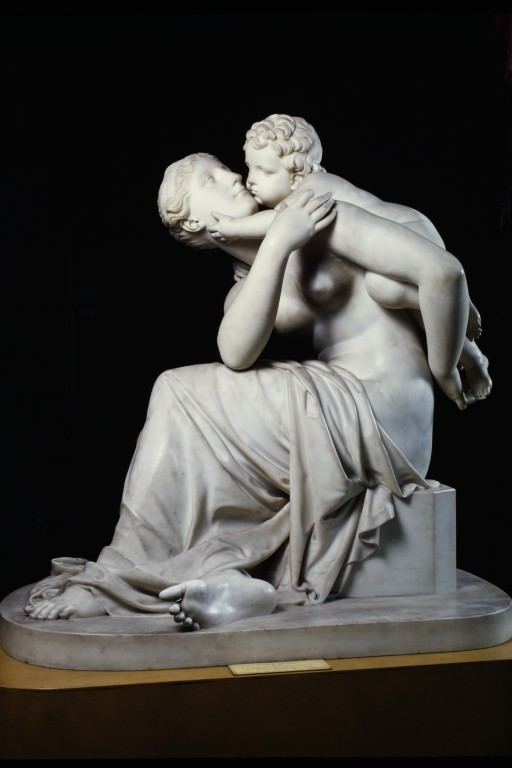 | ||
Similar People John Flaxman, Charles Grey - 2nd Earl Grey, Edwin Henry Landseer, Charles Barry, Horatio Nelson - 1st Viscount | ||
Edward Hodges Baily (18 March 1788 in Bristol – 22 May 1867 in London; sometimes misspelled Bailey) was an English sculptor who was born in Downend in Bristol.
Contents
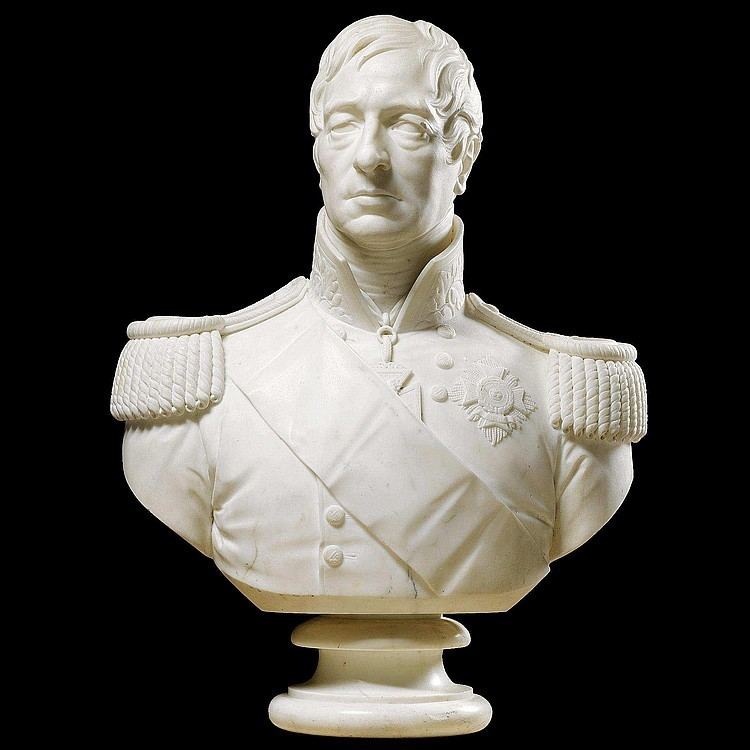
Life
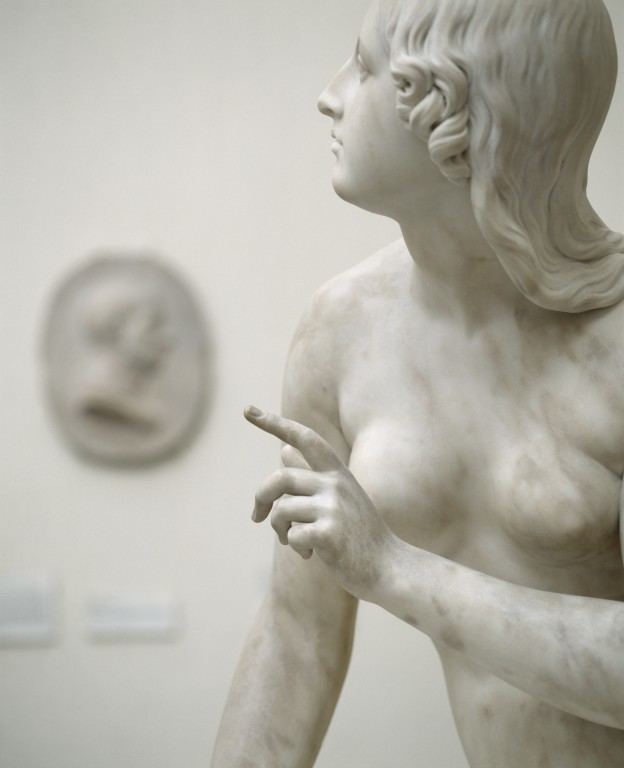
Baily's father, who was a celebrated carver of figureheads for ships, destined him for a commercial life, but even at school the boy showed his natural taste and talents by producing numerous wax models and busts of his schoolfellows. At the age of fourteen Baily was placed in a mercantile house, where he worked for the next two years, though he still felt a strong leaning towards his artistic abilities. At the age of sixteen he abandoned his commercial career and began executing portraits in wax. Two Homeric studies, executed for a friend, were shown to John Flaxman, who bestowed on them such high commendation that in 1807 Baily came to London and placed himself as a pupil under the great sculptor. In 1809 he entered the Royal Academy Schools.
In 1811 he gained the Royal Academy gold medal for a model of Hercules restoring Alcestis to Admetus, and soon after exhibited Apollo discharging his Arrows against the Greeks and Hercules casting Lichas into the Sea. He was elected ARA in 1817 and RA in 1821 when he exhibited one of his best pieces, Eve at the Fountain. He was entrusted with the carving of the bas-reliefs on the south side of the Marble Arch in Hyde Park, and executed numerous busts and statues of public figures, including the prominent, well-known statue of Nelson, at the top of Nelson's Column, in Trafalgar Square. In 1857, the year of his retirement from the Royal Academy, he also designed a Turner Gold Medal for Landscape Painting.
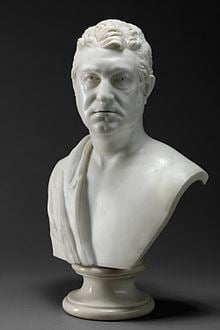
Baily's election as a fellow of the Royal Society (FRS) came in 1842. Amongst his pupils was William Theed (1804–1891), a leading Victorian sculptor who produced a number of portrait busts and the large group sculpture ‘’Africa’’ for the Albert Memorial in Kensington Gardens. Among Baily's assistants were Musgrave Watson (1804–1847) and Joseph Durham ARA (1814–1877).
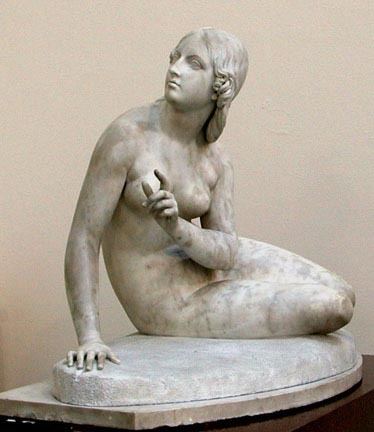
Financial insecurity was a recurring theme in his life. He was first declared bankrupt in 1831, and again in 1838. On the first occasion questions were asked in Parliament on his behalf because his financial distress had resulted from delays in receiving payment for sculptures at Buckingham Palace. Fortunately his appeals to the Royal Academy for financial assistance, were successful in the 1830s, as again in the 1860s, when they provided him with a pension of £200 a year as an honorary retired RA.
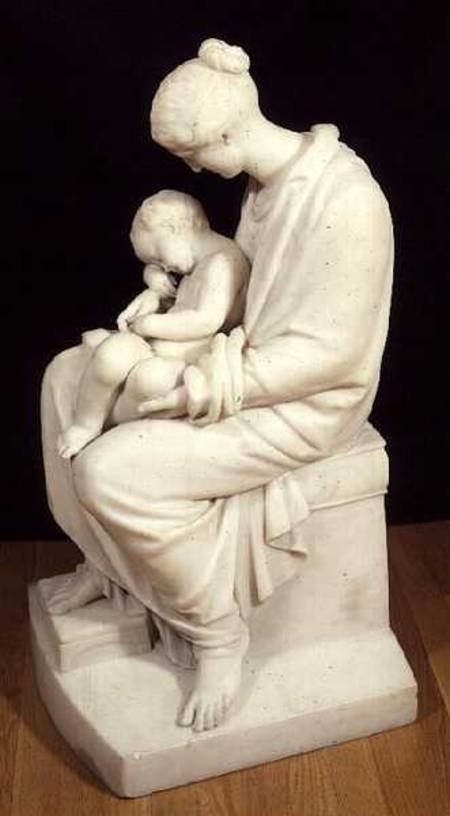
Baily died at 99 Devonshire Road, Holloway on 22 May 1867 and is buried in London's Highgate Cemetery.
Works

Amongst Baily's many busts and statues of scientific, religious and literary figures (mostly from the Victorian period but some from earlier periods) are the following :
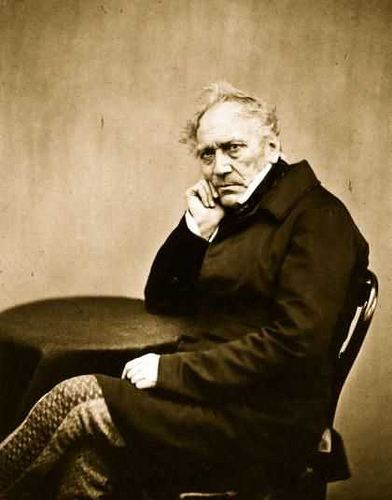
Relatives
His nephew was William Hellier Baily, the paleontologist. Some of Edward Baily's descendants still live in Bristol, East Grinstead, the Isle of Wight, and in Canada today. Also, Cambridge.
